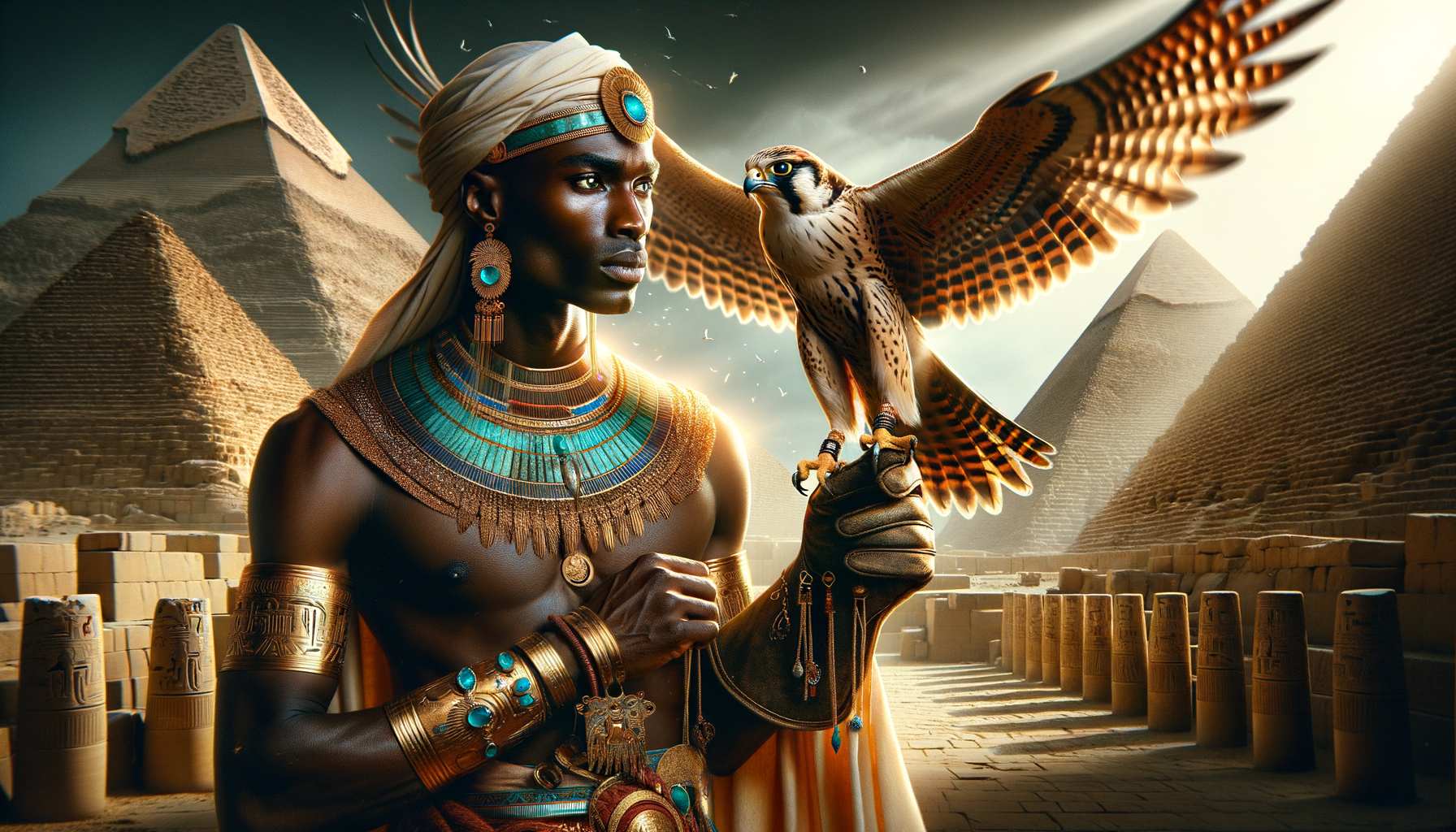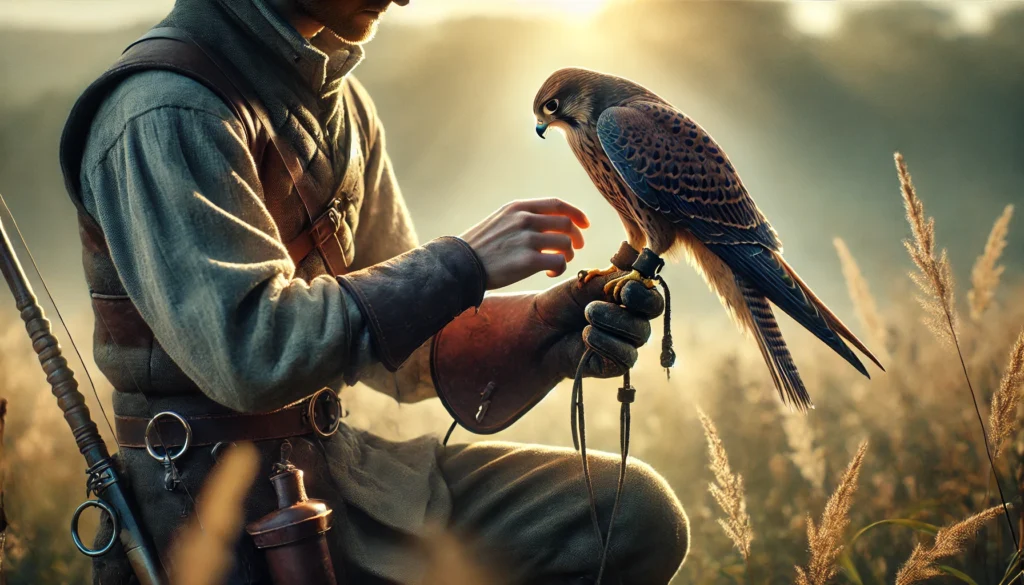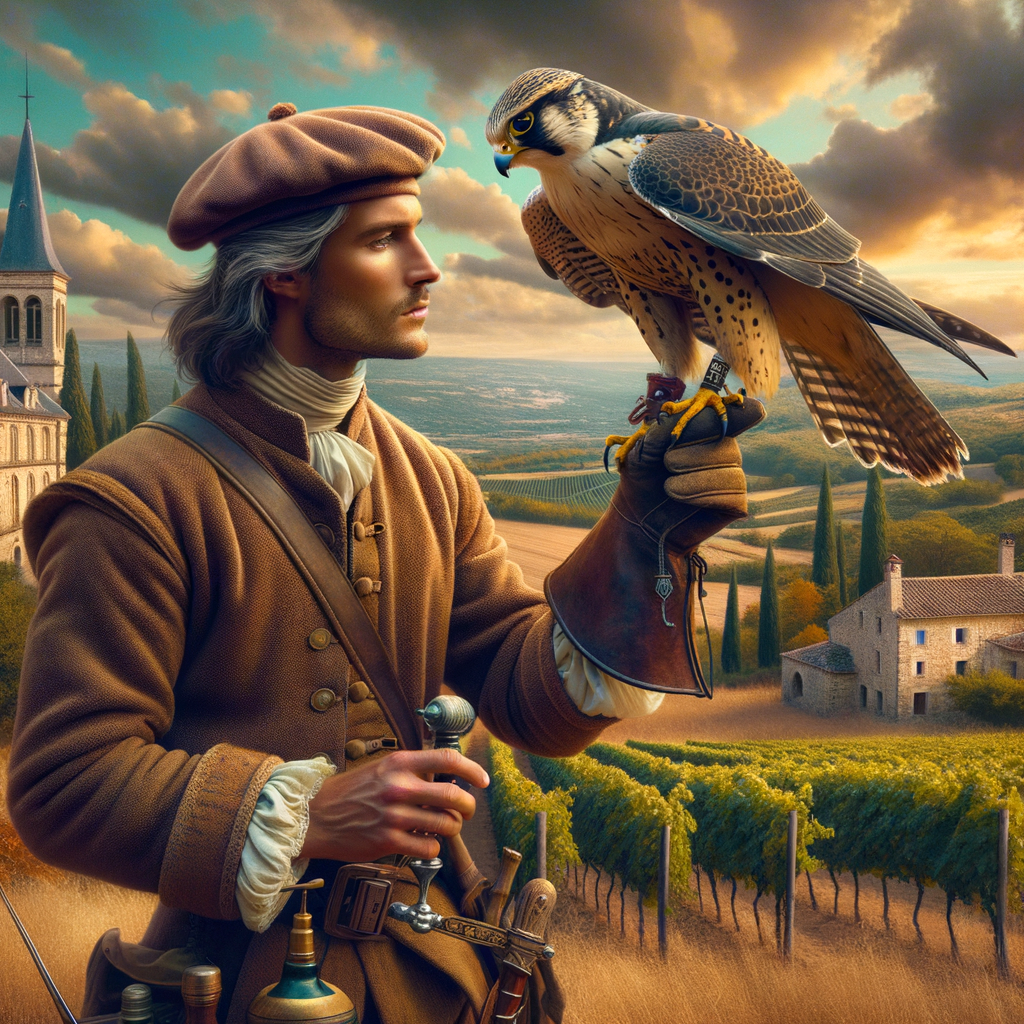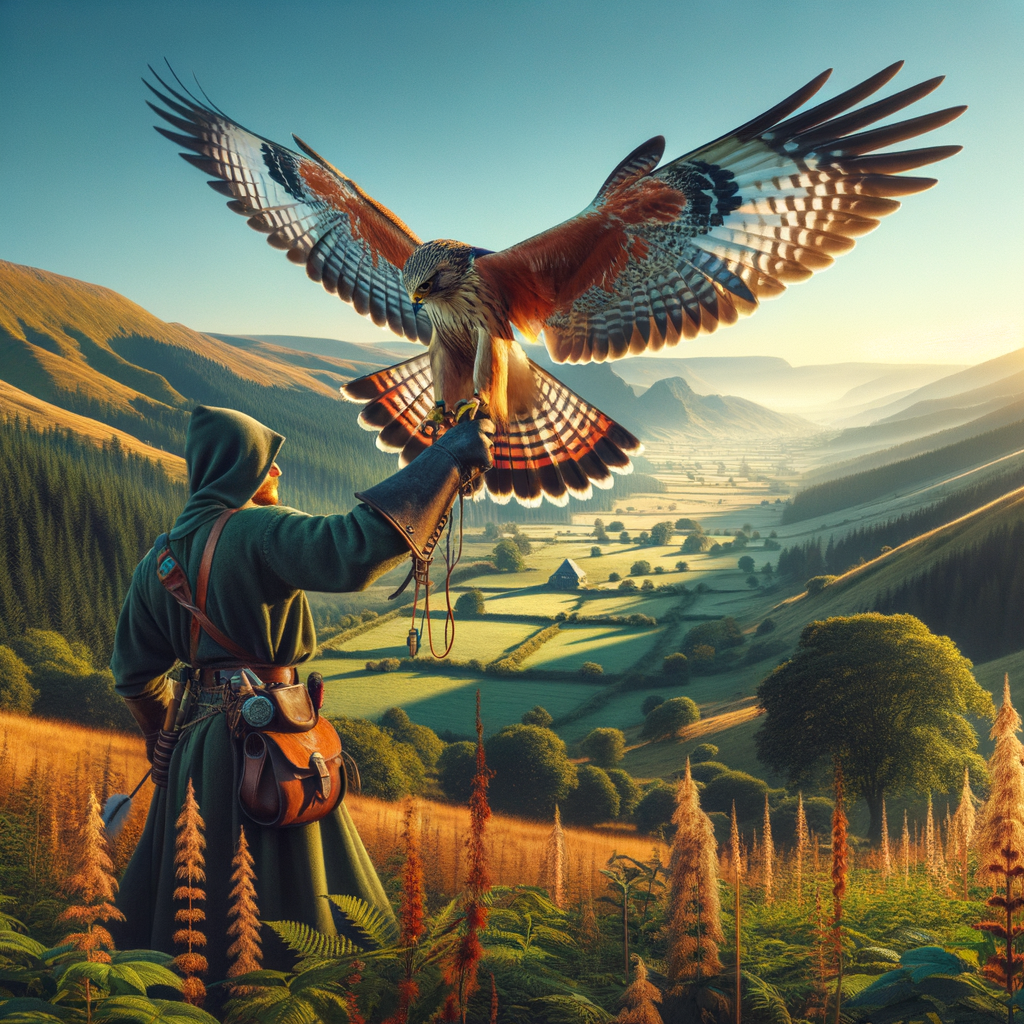Fascinating Insights into Falconry in Ancient Egypt
- Ancient Skill: Falconry is an ancient practice that dates back to Ancient Egypt.
- Art and Culture: Egyptians displayed falconry in their art, such as in carvings and paintings.
- Noble Practice: Falconry was often associated with the nobility and the pharaohs.
- Religious Symbolism: Falcons had religious significance and were linked to the god Horus.
- Training: Ancient Egyptians trained falcons to hunt other birds for sport.
- Legacy: The techniques and traditions of ancient Egyptian falconry influenced future generations.
Unveiling the Mysteries of Falconry in Ancient Egypt
Imagine living in Ireland and seeing an old tradition where skilled storytellers captivate audiences with tales passed down through generations. These stories are treasured by the community, representing a rich cultural heritage. Now, cross the seas and travel back in time to ancient Egypt, where a different but equally compelling tradition existed: falconry.
At Learn Falconry, we’re passionate about connecting you with the ancient art of falconry, a practice that dates back thousands of years to the times of pharaohs and sprawling desert landscapes. Picture this: instead of just reading stories, the ancient Egyptians had majestic falcons soaring above them, hunting alongside kings and nobility. These birds were more than just hunters’they were symbols of power, grace, and the bond between humans and nature.
In this article, we’re going to dive deep into the fascinating world of falconry in ancient Egypt. Just like our Irish storytellers who keep their audience on the edge of their seats, we promise to share captivating insights that showcase why this age-old practice still holds magic and wisdom for us today. So, buckle up and get ready to uncover secrets from a land of pyramids, pharaohs, and the iconic art of falconry. Trust us, it’s a journey you won’t want to miss!
Unveiling the Mysteries of Egyptian Falconry in Ancient Egypt
Falconry, known as one of the oldest forms of partnership between humans and birds of prey, holds a revered place in history. When we dive deeper into the origins of Egyptian falconry, we uncover a fascinating world of skilled hunters and majestic birds that played significant roles in ancient Egypt’s culture and daily life.
The Origins of Falconry in Ancient Egypt
In ancient Egypt, falconry was more than a hunting technique; it was a symbolic representation of power and divine protection. Falcons were closely associated with Horus, the sky god, who was often depicted as a falcon. The art of training these birds dates back to the early dynasties, revealing the Egyptians’ profound understanding and respect for nature.
Falcons held significant religious and ceremonial importance. Egyptians believed that falcons could protect them and guide their souls in the afterlife. This is evident from the numerous hieroglyphics and artifacts that depict falcons in various striking poses. The ancient texts and illustrations provide valuable insights into the deep bond between the falconers and their birds.
Techniques and Equipment Used in Historical Falconry
The methods and tools developed by ancient Egyptians for falconry were intricate and advanced for their time. They used various training techniques that modern falconers can still learn from today. For an in-depth look into the evolution of these techniques, visit Evolution of Falconry Techniques.
The equipment used in historical falconry in ancient Egypt was meticulously crafted. Falcons were fitted with lightweight hoods to keep them calm until it was time to hunt. To explore more about the different types of hoods used, check out Types of Hoods. Additionally, bells and telemetry were employed to track the birds, ensuring their safe return after each hunt. For details on tracking equipment, see Bells and Telemetry.
The Role of Falconry in Ancient Egyptian Society
Falconry’s role was not limited to hunting; it was an integral part of Egyptian culture and society. Falconers were highly regarded and often served in the courts of pharaohs. The skill and dedication required to train a falcon were seen as noble attributes. This tradition influenced various aspects of Egyptian life, including their art and literature. To learn more about how falconry influenced historical art and literature, visit Falconry in Art and Literature.
Training a falcon entailed a deep understanding of the bird’s behavior and needs. Modern beginners can gain insights and tips from ancient practices by visiting Training a Falcon: Basic Techniques.
Conclusion
Egyptian falconry offers a remarkable glimpse into the sophisticated and spiritually rich world of ancient Egypt. The legacy of these practices continues to inspire falconers today, blending historical techniques with modern advancements for the art and sport of falconry.
For further exploration of the historical and modern facets of falconry, visit our comprehensive guides and resources on Learn Falconry. Whether you’re a beginner or an experienced falconer, there’s always something new to discover in this timeless tradition.
Feel free to explore more about the captivating world of falconry, its history, techniques, and the fascinating species of falcons we admire today. Here’s a selection of internal links to get you started:
Discovering Falconry in Ancient Egypt
Falconry Events and Awareness in 2024
Egyptians have a long-standing tradition of falconry, and in 2023, they celebrated World Falconry Day with much enthusiasm. In 2024, these celebrations are expected to continue, focusing on raising awareness about the importance of preserving falcons and their habitats.
Falconry in Ancient Egypt
Falconry was an essential part of ancient Egyptian culture, mainly for religious purposes. There is evidence suggesting that birds of prey were kept in captivity and revered. Falcons were often associated with deities, and their imagery was prevalent in religious artifacts and hieroglyphics.
Social Hierarchy and Falconry
In ancient times, falconry was not just a sport but a practice governed by social rules. Each class of people had specific birds they could fly. For instance:
- Kings: Gyrfalcons
- Earls: Peregrine Falcons
- Yeomen: Kestrels
Historical Significance
Falconry was regarded as an “ancient and noble science” requiring attributes like gentleness, patience, and exceptional skill. Among various birds, the peregrine falcon was highly valued for its tameness and practical utility.
Cultural Impact
Falcons played a significant role in ancient Egyptian culture, often symbolizing power and status. Their participation in religious practices further elevated their status in society.
Conservation Efforts in the Modern Era
Modern conservation efforts aim to protect animals like the peregrine falcon. Initiatives such as protecting habitats and monitoring populations are essential for their survival. This is especially important in national parks and reserves.
The Business of Falconry
Today, falconry has grown into a notable business in Egypt. The sport generates substantial revenue through various events and the commercial sale of falcons. These events are not only recreational but also serve to boost economic activity around falconry.
Falconry Regulations and International Wildlife Laws
Falcons are protected by various international wildlife laws. These regulations are crucial in ensuring their conservation and preventing the overhunting that once threatened their populations.
| Social Class | Bird Allowed |
|---|---|
| Kings | Gyrfalcons |
| Earls | Peregrine Falcons |
| Yeomen | Kestrels |
Falcon Cam and Modern Monitoring
Today, modern technology, like Falcon Cams, allows people to get a unique view into the lives of these majestic birds. For example, the Virginia Department of Wildlife Resources uses such technology to track and conserve peregrine falcons.
Falconry in Sports
Interestingly, the tradition of falconry even crosses into modern sports. For instance, the Atlanta Falcons, an American football team, carries forth the spirit of falconry in their branding and team culture.
This historical context and ongoing relevance make falconry a fascinating topic that bridges ancient traditions and contemporary practices, continuing to draw enthusiasts and conservationists alike.
Final Thoughts on Falconry in Ancient Egypt
Ancient Egyptian falconry is a captivating subject that intertwines culture, history, and wildlife conservation. Throughout the centuries, falcons have maintained a significant place in Egyptian society, representing power, status, and spirituality. Modern celebrations like World Falconry Day continue to honor this ancient tradition, emphasizing the importance of preserving these majestic birds and their habitats.
We observe that falconry was more than just a sport; it played a pivotal role in religious practices and communal activities. Today, efforts to protect falcons through international wildlife laws show a commitment to maintaining this legacy. Whether it’s through local festivals or conservation projects, the spirit of ancient Egyptian falconry lives on, reminding us of the deep connection between humanity and the natural world.
By learning about falconry’s rich past and supporting today’s conservation efforts, we can help ensure these incredible birds continue to soar for generations to come.



